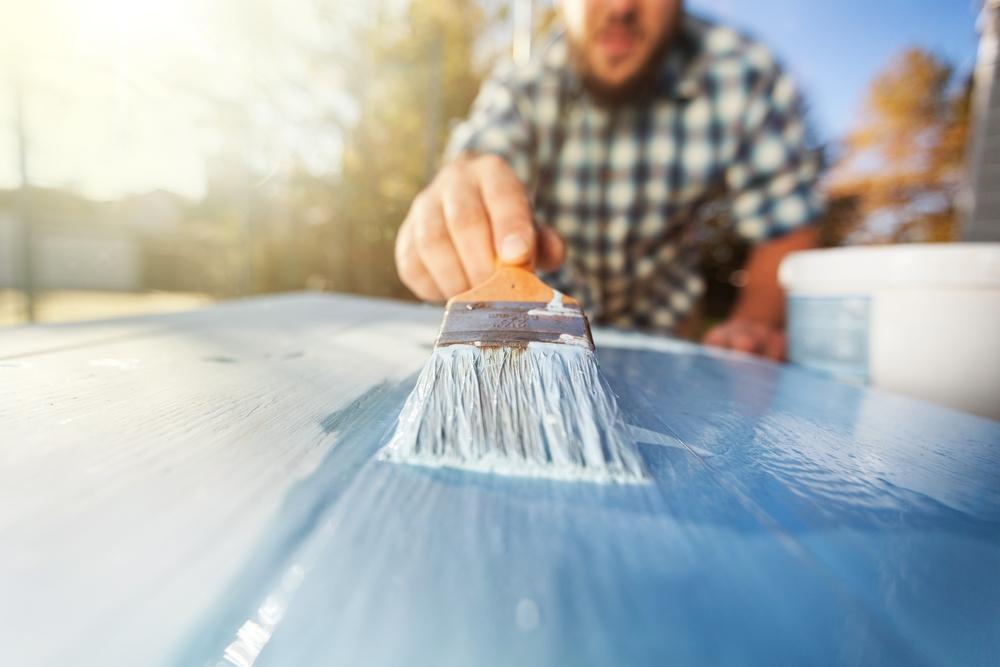
Are you using the right paintbrush for the job?
Painting is an integral component of every construction job. As every contractor or construction professional knows, getting it right can enhance the beauty and raise the value of your work. Getting it wrong, however, can mean extending a job for an inordinate amount of time in order to fix it.
To get the right finish, the job needs to be well thought-out and prepared in advance. Using the right paintbrush for the job is an important part of that equation.
Here are some tips to help you choose the right brush for the job every time:
Brush width
Choosing the right brush width is important, as if the brush is too big you lose precision. If the brush is too small, you’ll be working too hard and will end up with streaks. Paintbrushes are sized in 1/2” increments and are generally up to 4” in width. Flat-bristle brushes are best for larger, flat surface areas. They also leave fewer bristle marks. Angle-bristle brushes are best for fine detail work and cutting.
Brush handle
A paintbrush that has a comfortable handle will help you avoid hand cramps. You need to be able to grip the brush comfortably to maintain an even stroke – the hallmark of a great finish. Unfinished handles may offer a better grip as they are rougher in texture. If you are painting with oil-based paint, use cheaper brushes with plastic handles as the paint is harder to clean and you will likely throw the brushes away after use.
Brush bristles
Brushes made with natural bristles tend to swell with water-based paints and will become useless very quickly. For this type of paint, you need a synthetic bristle, ideally a nylon and polyester blend. If the brush is all-nylon, the bristles will be too flexible. If it is all-poly, they will be too stiff. The brush should be flexible enough to get into challenging spaces but should always return to its original shape. Tipped brushes are excellent for spreading paint on a surface.
Ferrule
The ferrule is the metal piece that connects the handle to the bristles. Inside the ferrule, there is a plug (possibly more than one) made of wood or cardboard that divides the bristles into sections. The plug serves the purpose of holding the paint on the brush and enabling a smooth flow of paint all the way to the tips of the bristles. The shape of the brush is determined by the ferrule design. Square-cornered ferrules hold less paint than rounded-cornered ferrules and are better for small surfaces that don’t need excessive amounts of paint. Oval ferrules are best for large volumes of paint and should be used when painting large surfaces or when no precision is needed.
PAINTING TECHNIQUES
When you’ve chosen your brush, and are ready to paint, dip the brush up to 2/3 into the paint tin and gently tap on the side of the can. Resist the urge to wipe the brush on the side of the can as it will just put most of the paint back into the can.
Proper paintbrush care
Extend the life of your paintbrushes by cleaning them properly after each use. Caring for your brushes means that you are extending their life and won’t have to keep purchasing them over and over. Don’t ever let the paint dry on your brush. Think about buying a brush magnet. A brush magnet attaches to the side of the can and allows you to leave the brush suspended in the paint if you have to stop to take a break.
When you’re done, remove as much paint from the brush as possible. Fill a bucket with clean water and press the bristles into the bottom. Then squeeze the brushes out to remove the paint, rinse and repeat until all paint is removed. When you are done, shake the excess water from the brush and place it someplace where it can dry out. Ensure that the bristles are completely dry before using it again.
Disposing of paint responsibly
All paint and cleaning solutions should be disposed of safely. Never dispose of paint on the job site, into sewers or drains, or anywhere they can get into septic tanks. Contact your local municipality to find out where you can drop off or dispose of hazardous waste safely and ethically.
Check back often for more great job site tips from Safety Workwear, your safety, hi-viz and flame-resistant apparel superstore.
